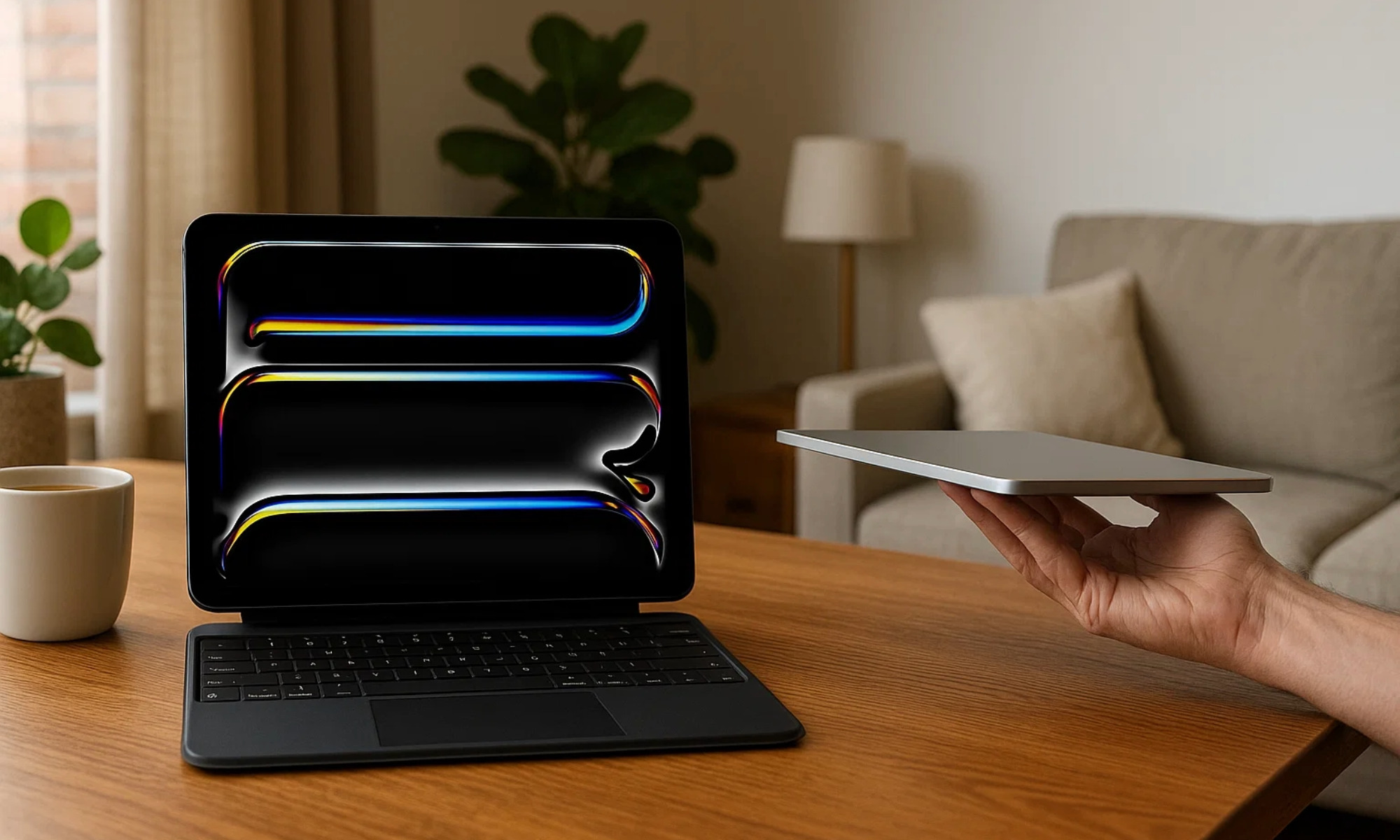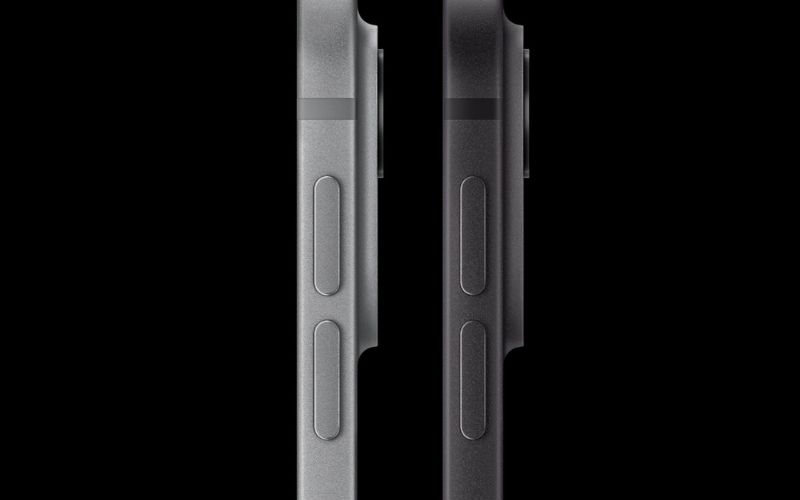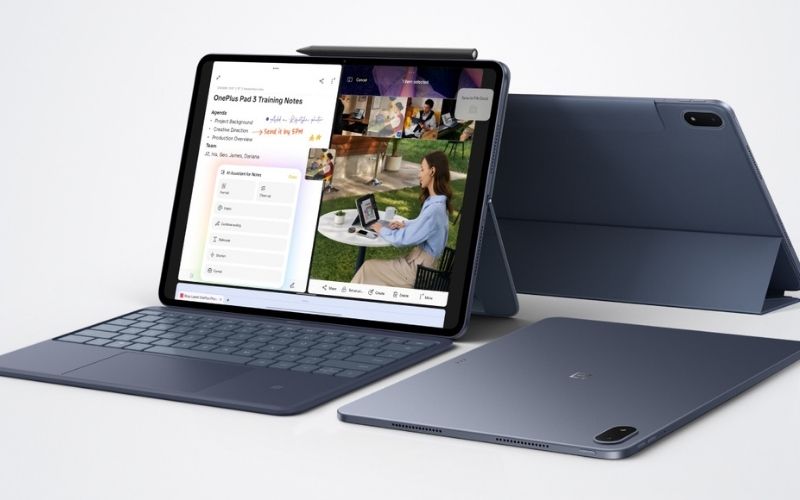Apple iPad Pro (M5) vs. OnePlus Pad 3—Would I trade raw power for battery life that just won’t quit?
Description

People often imagine a tablet user in a narrow way—maybe someone browsing the web, catching a few YouTube or Netflix videos, or joining a Google Meet call or two. That stereotype overlooks how tablets fit into very different routines. You might see a tablet in the hands of a kid blasting Candy Crush Saga at full volume or a business person finishing tasks in an airport lounge. That’s why, in my Apple iPad Pro (M5) vs. OnePlus Pad 3 piece, I want to show that tablets aren’t just side devices—they can actually stand on their own.
I still wouldn’t swap my laptop or desktop for a tablet, whether it’s the OnePlus Pad 3 or Apple iPad Pro (M5). But if you move around a lot and need something ultraportable, that’s where premium tablets come in. I’ll break down gaming, multitasking, battery life, and all those little extras, so you can see which side fits your style.
Design and display
<figure class="wp-block-image size-full">
 <figcaption class="wp-element-caption">iPad Pro (M5): 11-inch 5.3 mm, 13-inch 5.1 mm / Image Credit: Apple</figcaption></figure>
<figcaption class="wp-element-caption">iPad Pro (M5): 11-inch 5.3 mm, 13-inch 5.1 mm / Image Credit: Apple</figcaption></figure>The 13.2-inch OnePlus Pad 3 ($649.99, $699.99) stays sleek at under 6 millimeters thick. It sports a solid metal body that handles real use without flexing. The iPad Pro goes even slimmer. The 11-inch version measures 5.3 mm, and the 13-inch model drops to 5.1 mm—almost paper-thin.
Both tablets offer a couple of color options. The iPad Pro sticks to space black and silver, understated and sleek. The OnePlus Pad 3 brings more personality with storm blue and frosted silver. I can’t get over the frosted silver—it feels calm, strong, and a little mysterious. That combination matches the vibe I like to project.
The Pad 3 has OnePlus’s best display yet. It delivers 3.4K resolution, 12-bit color, and 315 pixels per inch, so movies, games, and presentations appear sharp and vivid. Its 7:5 aspect ratio makes multitasking easy and natural. My only gripe is the LCD screen instead of OLED, but under $700, that’s normal for most brands.
The iPad Pro (M5) ($999) goes all in with its Ultra Retina XDR OLED display, which Apple calls “the world’s most advanced display”. It delivers deep contrast, extreme brightness, and features like ProMotion and True Tone for precise visuals. If you use your tablet outdoors often, you’ll love that the iPad Pro reaches 1,000 nits for SDR and HDR content and peaks at 1,600 nits for HDR. By comparison, the OnePlus Pad 3 tops out at 900 nits.
Winner: Apple iPad Pro (M5)
Battery life
What surprised me most is how these thin devices can hold such powerful batteries. The OnePlus Pad 3 packs a 12,140 mAh battery, built to last up to 18 hours of video playback or up to 72 days on standby. It also supports 80 W fast charging.
Apple doesn’t reveal battery capacities for its iPads, but teardowns of the iPad Pro (M5) show it uses the same batteries as the M4 generation. The 13-inch model has a larger battery (10,500 mAh) compared to the 11-inch version (8,100 mAh). Thanks to the power-efficient M-series chips, both models deliver solid battery life.
The 13-inch M4 iPad Pro lasts around 10 hours for web browsing or video playback on Wi-Fi and 9 hours using cellular data. The 11-inch model manages about 8 hours of multitasking, including writing, photo editing, and light work. You’ll find that the M5 iPad Pro performs similarly, providing enough power for most tasks, though it still falls short of the Pad 3’s impressive numbers.
Winner: OnePlus Pad 3
Processor
The flagship Android tablet space is small, and the OnePlus Pad 3 stands out with its Snapdragon 8 Elite chip. This top processor gives the Pad 3 enough power to match or beat other high-end tablets. You can run any app, switch between several at once, and everything stays smooth.
In Geekbench 6.5, the Pad 3 scores 3,194 points in the single-core test, above the Snapdragon 8 Elite average and ahead of the iPad Air 2025. In the multicore test, the Pad 3 hits 9,302 points, keeping it strong among Android tablets and ahead of the Galaxy Tab S10+.
While we don’t have Geekbench numbers yet for the M5 iPad Pro, Apple says it promises 1.5x faster 3D rendering with ray tracing than the previous iPad Pro and 6.7x faster rendering than the iPad Pro with M1. The M5 has a 10-core CPU with 4 performance cores and 6 efficiency cores, bringing Apple’s tablet close to high-end laptop performance.
Looking at the Geekbench 6.5 scores of the iPad Pro 13-inch (M4)—and assuming the M5 will at least match it—Apple’s premium iPads still hold a clear advantage. The M4 model scored 3,779 in single-core and 14,823 in multicore tests, outpacing the Pad 3 in both categories.
Winner: Apple iPad Pro (M5)
Multitasking
<figure class="wp-block-image size-full">
 <figcaption class="wp-element-caption">Open Canvas / Image Credit: OnePlus</figcaption></figure>
<figcaption class="wp-element-caption">Open Canvas / Image Credit: OnePlus</figcaption></figure>With iPadOS 26, Apple changed how multitasking works, making it feel closer to using a Mac. You can run multiple apps on the screen at once, and moving or resizing windows feels natural.
The update adds a Mac-style menu bar at the top of apps and lets you put folders straight in the home screen dock. All recent iPads can use the new window system, but the iPad Pro handles the most apps at the same time. Now you can fit up to 23 icons in the Dock, so you can pack in multiple folders. In Settings ➝ Multitasking & Gestures, you can choose to show or hide the Dock, just like on macOS.
When I think about multitasking, screen size matters a lot. If I just scroll social media or hold the tablet in my hands, 11 inches works fine. But if I plan to replace my laptop or use it on a desk, 13 inches gives me way more room.
The larger screen real estate makes the OnePlus Pad 3 awesome for work, especially with the Open Canvas system. It lets you place 3 apps side by side, or 2 side by side with a third on top or bottom—you just scroll to reach it. You can also use split-screen or floating windows.
Open Canvas looks like one of the best multitasking setups on a tablet. Being able to zoom out and see everything at once seems amazing, and dropping a floating window on top changes the game. From what I’ve read, many OnePlus Pad 3 users take advantage of Open Canvas while traveling. Some keep an Airbnb map next to Google Maps and a messenger app, which beats switching between apps all the time.
Winner: OnePlus Pad 3
Gaming
A lot of gamers pick Android tablets for one main reason—emulation. Right now, iOS still locks that down unless you mess with jailbreaking or sideloading. If you plan to go beyond DS games, Android is the way to go.
The iPad might not suit emulation fans, but the OnePlus Pad 3 isn’t perfect either. Some users say it handles PS2 titles, a bunch of





